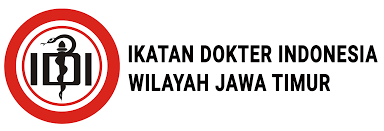A 68-Year-Old Male with Giant Urethral Diverticulum Stone
Keywords:
Male, Urethrography, Urethral Diverticulum StoneAbstract
Introduction: Urolithiasis primarily affects the kidneys, ureters, or bladder, but urethral stones are rare, making up less than 1% of all urinary tract stones. Their prevalence is 0.3% to 2%, with a higher incidence in men due to the longer male urethra. Symptoms range from asymptomatic to severe pain, dysuria, and urinary retention, often complicated by fever or renal failure. Urethral diverticulum, a rare malformation, can cause recurrent infections and stone formation. Diagnosis involves imaging, urethrography, and cystourethroscopy, while treatment depends on stone size and location. Delayed diagnosis can lead to significant morbidity.
Case Presentation: A 68-year-old male presented to the clinic with a painful lump in the left scrotum, which had progressively enlarged and hardened. He reported experiencing painful, incomplete urination along with right-sided back pain. The patient had a history of similar lumps that had been surgically removed. Upon examination, a tender, hard mass measuring 4x3 cm was found in the left scrotum. Urethrography revealed a solitary opaque stone in the posterior urethra, while post-contrast imaging confirmed diverticulolithiasis in the bulbo-cavernous urethra, leading to stenosis and partial obstruction, confirming urethral obstruction due to stones. Laboratory tests returned normal results.
Conclusion: Urethral stones are rare, constituting less than 1% of urinary tract stones, mainly affecting men. Symptoms range from asymptomatic to severe pain, with potential complications like fever and kidney failure. Diagnosis involves imaging, and timely management is crucial to prevent morbidity.
Downloads
Published
Issue
Section
License
Copyright (c) 2024 Naely Rahma, Izbikavik Muhammad, Violita Ayu Puspitasari, Fajar Syairofi, Aulia Shofia Medina, Nur Khalida Zia

This work is licensed under a Creative Commons Attribution 4.0 International License.







































